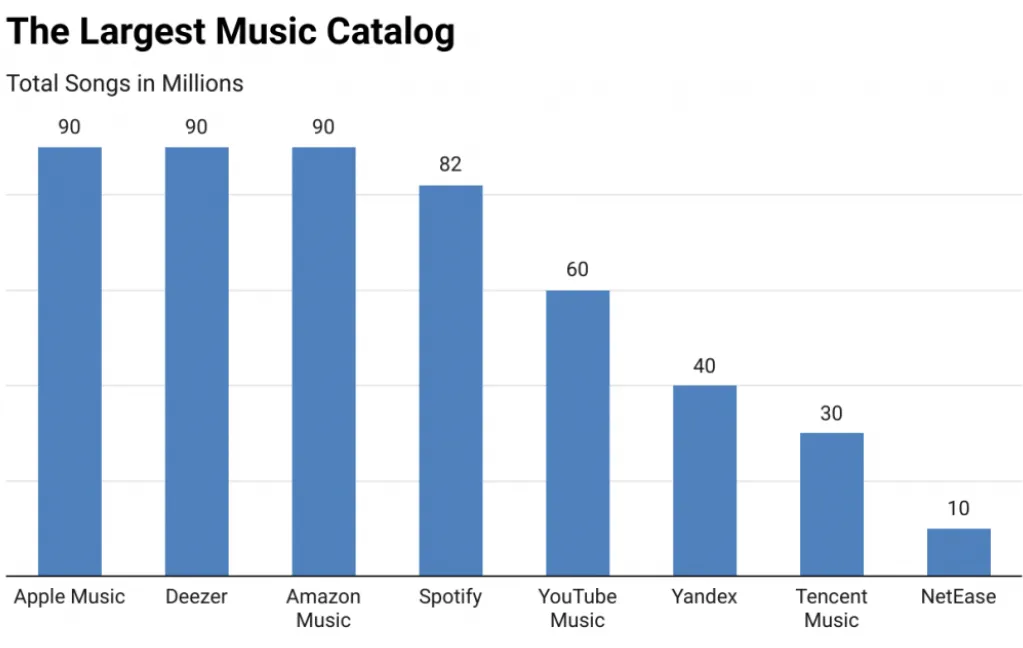Understanding The Impact Of Stream Counts On Apple Music Ranking
Millions of songs are uploaded to Apple Music every year. But not all of them get heard. The ones that rise to the top? Most of them have one thing in common. High stream counts.
Streams are not just numbers. They help decide which tracks make it to playlists, which songs trend, and which artists get discovered by new fans. If you’re an artist or a listener trying to understand how Apple Music works, stream counts are a key part of the picture.
Let’s break down how streaming numbers influence ranking on Apple Music and why they matter so much in 2025.
What Counts as a Stream on Apple Music?
Before understanding impact, it’s important to know what Apple considers a stream. A stream is recorded when a user listens to a track for more than a short threshold, usually 30 seconds or more. That means skipping quickly or listening to only the intro won’t count.
Only legitimate, repeated plays by real users matter. Fake or automated plays don’t last long. Apple has systems to detect and ignore them.
Streams Feed the Algorithm
Apple Music uses an algorithm to decide what to recommend to users. This includes what appears in the “Listen Now” tab, personalized playlists, and even which songs are placed in curated collections.
When a song gets more streams in a short time, Apple’s system takes notice. It suggests that the song is gaining traction. That often triggers it to be suggested to more users, starting a loop that can lead to viral growth.
More streams lead to more exposure. More exposure leads to even more streams. And so the cycle continues.
Ranking in Top Charts
Apple Music has public charts. These show the top songs globally, by country, and even by genre. The most important factor in those rankings? Total streams.
If your song gets streamed a lot in one region, it might show up in that country’s top 100. If it goes global, it could hit the worldwide charts.
But there’s more. Apple also looks at how fast streams are increasing. A sudden spike might lift your track quickly, even if it’s new. A slow but steady build might keep it on the chart longer. Speed and consistency both matters.
Stream Count and Playlist Placement
Some of the biggest boosts come from getting added to playlists. Especially official Apple Music playlists. These can bring in thousands of plays within hours.
To get there, though, your song needs to show promise. One way Apple judges that? Stream count.
If a track is already performing well organically, it’s more likely to be reviewed by curators. Even algorithm-based playlists like “New Music Mix” or “Trending Now” pull from songs with solid engagement.
That’s why artists often see a snowball effect once they pass certain streaming milestones.

Engagement Beyond Streams
While stream counts are powerful, they’re not the only thing that matters. Apple also looks at:
- Completion rate (how long people listen)
- Skips (how often a track is skipped)
- Repeats (how many play it more than once)
- Likes and saves (which signal strong user interest)
So it’s not just about getting streams. It’s about keeping people listening.
What This Means for Artists
If you’re a musician trying to grow on Apple Music, your goal isn’t just to release music. It’s to drive real, meaningful listens. Focus on sharing your music with the right audience. Create songs people want to come back to. Encourage fans to save and replay.
Building stream counts through organic or legitimate promotion can push your music higher in the rankings. But shallow streams won’t help in the long run. Quality plays always beat inflated numbers.






